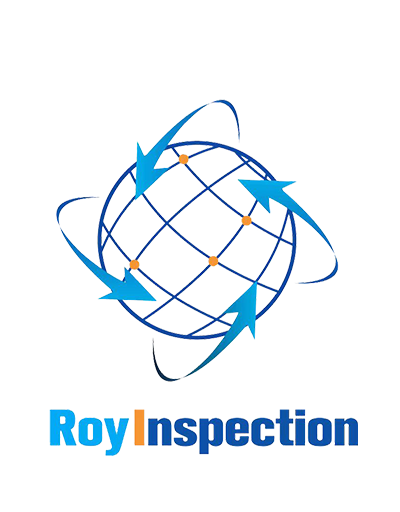The Role of fabric inspection in Textile ManufacturingFabric inspection is a critical process in the textile industry that involves examining textiles for any defects, damages, or imperfections before they are cut and sewn into garments or other products. This important step helps to ensure the quality and durability of the final product.Quality Control in Fabric InspectionDuring fabric inspection, trained inspectors carefully examine the fabric for flaws such as holes, tears, stains, or irregular weaving. Any defects found are documented and categorized to determine if the fabric meets the quality standards set by the manufacturer. This systematic approach helps to maintain consistency in product quality.Types of Fabric InspectionsThere are several types of fabric inspections, including visual inspection, dimensional inspection, and performance testing. Visual inspection involves a detailed examination of the fabric's appearance and surface quality, while dimensional inspection focuses on measuring the fabric's length, width, and thickness. Performance testing assesses the fabric's strength, elasticity, and other performance-related characteristics.The Benefits of Fabric InspectionProper fabric inspection can help manufacturers identify and address potential issues early in the production process, saving time and resources in the long run. By catching defects before they become problems, fabric inspection plays a crucial role in preventing costly rework and product recalls.Enhancing Customer SatisfactionImplementing a rigorous fabric inspection process can lead to higher customer satisfaction by ensuring that products meet or exceed quality expectations. By delivering products that are free of defects and flaws, manufacturers can build a positive reputation and earn the trust of their customers.Compliance with Industry StandardsFabric inspection is often required to comply with industry regulations and standards for quality control. By following established guidelines and protocols for fabric inspection, manufacturers can demonstrate their commitment to producing safe and reliable products that meet industry requirements.Continuous Improvement in Fabric InspectionAs technology advances and customer preferences evolve, fabric inspection processes are constantly being refined and improved. Manufacturers are investing in automated inspection systems and digital tools to enhance the accuracy and efficiency of fabric inspection, leading to faster production times and higher quality products.Challenges in Fabric InspectionDespite the benefits of fabric inspection, manufacturers may face challenges such as identifying defects in complex or patterned fabrics, managing large volumes of fabric for inspection, and ensuring consistency in inspection results across different batches. Addressing these challenges requires a combination of skilled personnel, specialized equipment, and effective quality control measures.The Future of Fabric InspectionLooking ahead, the future of fabric inspection is likely to include advancements in artificial intelligence and machine learning technology, which can help streamline and improve the inspection process. By leveraging AI-powered tools for fabric inspection, manufacturers can increase efficiency, accuracy, and overall product quality.ConclusionIn conclusion, fabric inspection is a vital component of the textile manufacturing process that helps ensure product quality, customer satisfaction, and compliance with industry standards. By investing in robust fabric inspection practices and embracing technological innovations, manufacturers can elevate their production processes and deliver superior products to the market.Quote InquiryContact us!










